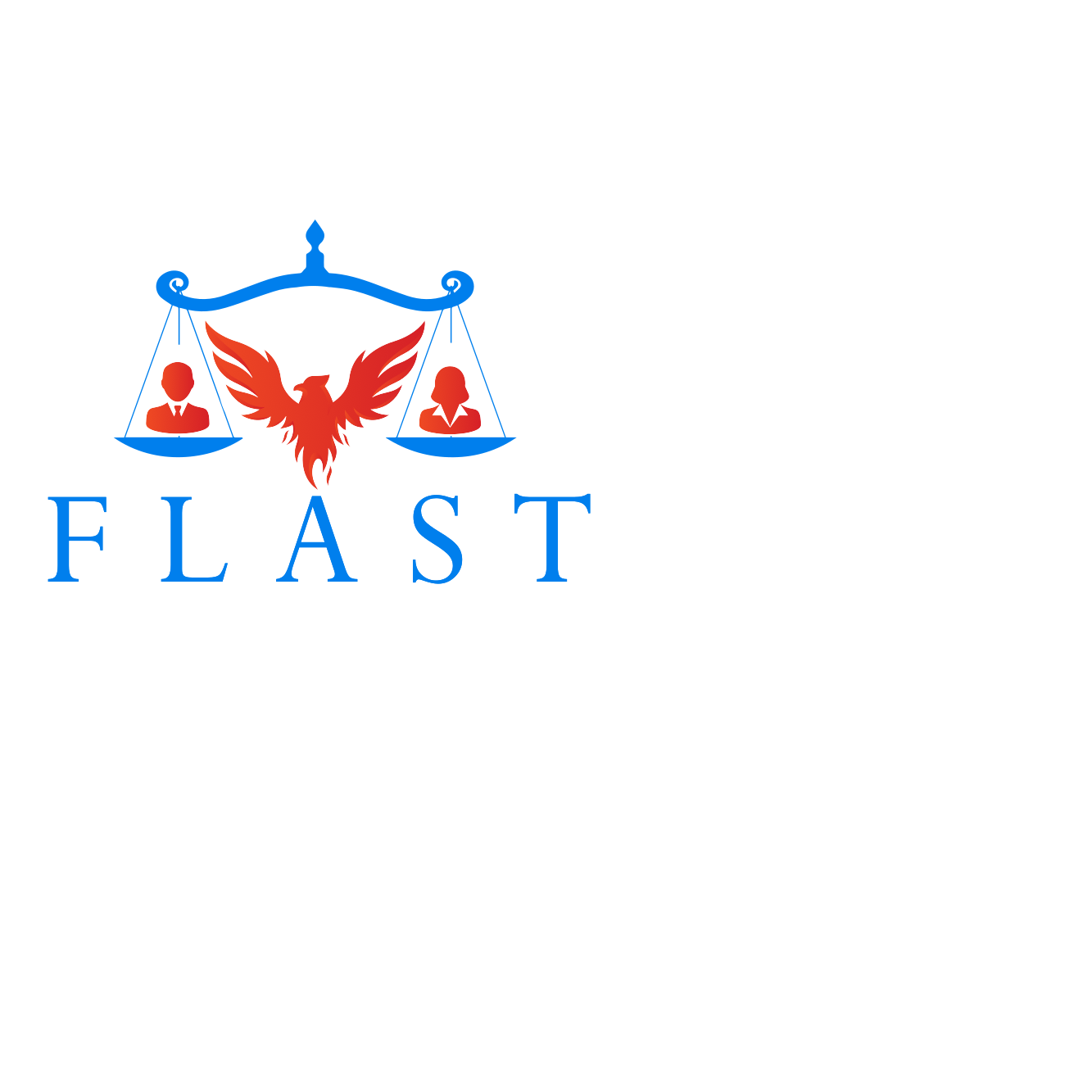- · 4849 friends
Breaking the Chains of Family Violence: Court Prioritizes Child Safety in Landmark Parenting Decision
Introduction
In Batas & Gaire (No 2) [2024], the Federal Circuit and Family Court of Australia confronted the aftermath of extreme family violence, including a harrowing incident of "retributive attempted suicide" perpetrated by the father. Justice Kari’s judgment decisively addressed the long-term psychological and physical risks posed to the mother and child, emphasizing that the protection of vulnerable parties remains paramount in family law. The ruling reinforces the courts' commitment to ensuring children's safety over maintaining parental relationships.
Facts and Issues
Facts:
- Relationship Background: The parties were married in 2003, separated in 2017, and share a 12-year-old daughter, X.
- Incidents of Violence: The father engaged in severe coercive and controlling behavior, culminating in a public "retributive attempted suicide" at the mother’s workplace in 2019.
- Impact on Mother: The mother suffers from PTSD and anxiety, triggered by any interaction between the father and their daughter.
- Father’s Conduct: The father displayed no remorse, insight, or efforts to address the risks his behavior posed to the mother and child.
Issues:
- Should the mother have sole parental responsibility for X?
- Is the father’s contact with X, even under supervision, an unacceptable risk?
- What measures should the court take to protect the psychological and physical safety of the mother and child?
Application of Law
Best Interests of the Child
- Primary Considerations (s 60CC of the Family Law Act 1975):
- The need to protect X from harm outweighed any potential benefit of a meaningful relationship with the father.
- The court considered evidence of family violence, psychological harm to the mother, and the father’s inability to provide safe care.
Family Violence
- The court applied the definition of family violence in Section 4AB of the Family Law Act, which includes coercive and threatening behavior.
- Relying on Carter & Wilson [2023] and Ramzi & Moussa [2022], the court recognized the father’s coercive control and threats as severe forms of abuse.
Risk Assessment
- Following Isles & Nelissen (2022), the court undertook a two-step assessment of risk:
- Fact-finding about the allegations of harm.
- Evaluating whether those risks presented an "unacceptable risk" to the child or mother.
Judgment Analysis
Reasoning:
- Parental Responsibility: The court rebutted the presumption of equal shared parental responsibility, citing the father's persistent family violence (paragraphs [108]-[112]).
- Risk Assessment: Justice Kari concluded that any form of contact with the father posed an unacceptable risk to X and the mother, supported by expert opinions and the father’s lack of remediation (paragraphs [121]-[125]).
- Child’s Views: X’s ambivalence toward contact with her father and preference for her mother’s surname aligned with the court’s conclusions about her best interests (paragraphs [127]-[129]).
Orders:
- Sole parental responsibility was awarded to the mother.
- No contact or communication between the father and X was permitted.
- Injunctions were imposed to ensure the mother and child’s safety, including prohibiting the father from approaching their residence, workplace, or school.
Precedents Cited:
- M v M (1988): Establishing the need to assess "unacceptable risk."
- Deiter & Deiter [2011]: Framework for risk evaluation in parenting matters.
- Isles & Nelissen (2022): Distinguishing proven abuse from broader risk assessments.



